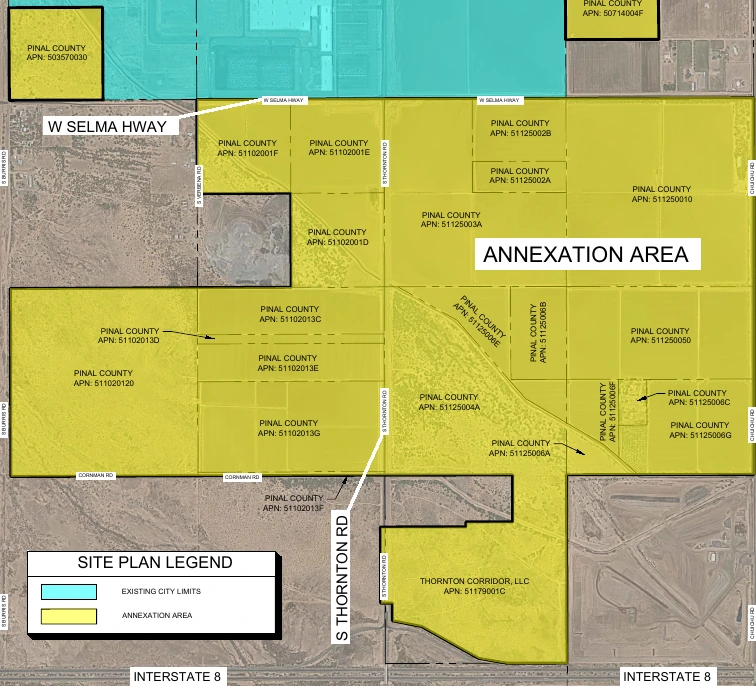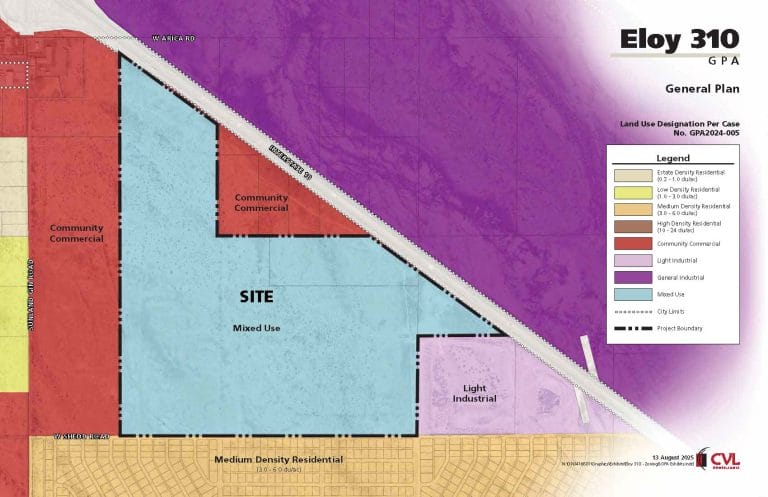
By Adam McCann | WalletHub
Running a city is a tall order. The larger the city, the more complex it becomes to manage. In addition to representing the residents, local leaders must balance the public’s diverse interests with the city’s limited resources. That often means not everyone’s needs can or will be met. Leaders must carefully consider which services are most essential, which agencies’ budgets to cut or boost and whether and how much to raise taxes, among other decisions.
But how do we measure the effectiveness of local leadership? One way is by determining a city’s operating efficiency. In other words, we can learn how well city officials manage and spend public funds by comparing the quality of services residents receive against the city’s total budget.
Using that approach, WalletHub compared the operating efficiency of 150 of the largest U.S. cities to reveal which among them are managed best. We constructed a “Quality of Services” score made up of 35 metrics grouped into six service categories, which we then measured against the city’s per-capita budget. Read on for our findings, expert insight and a full description of our methodology.







